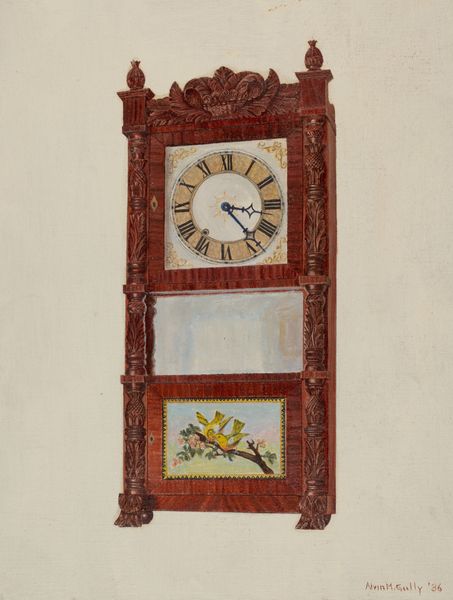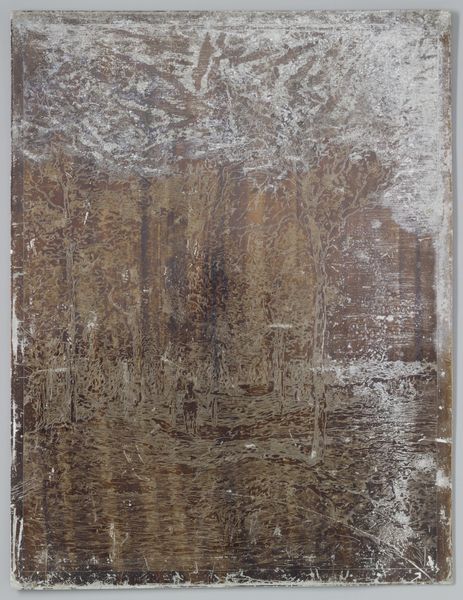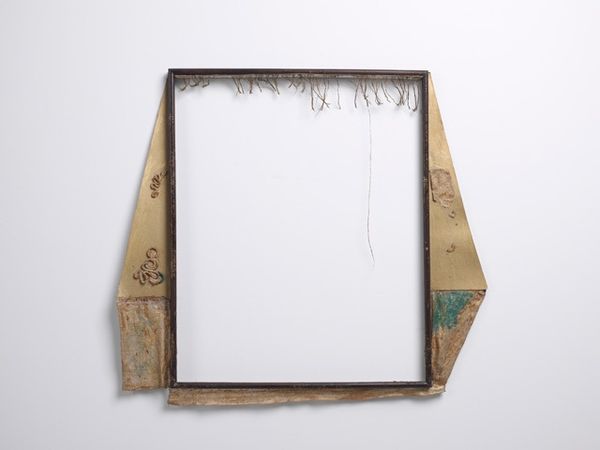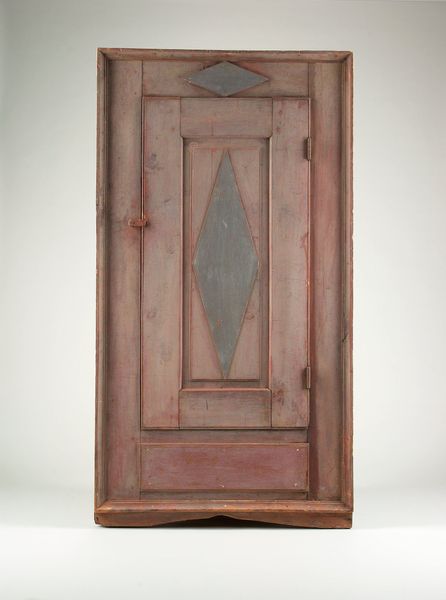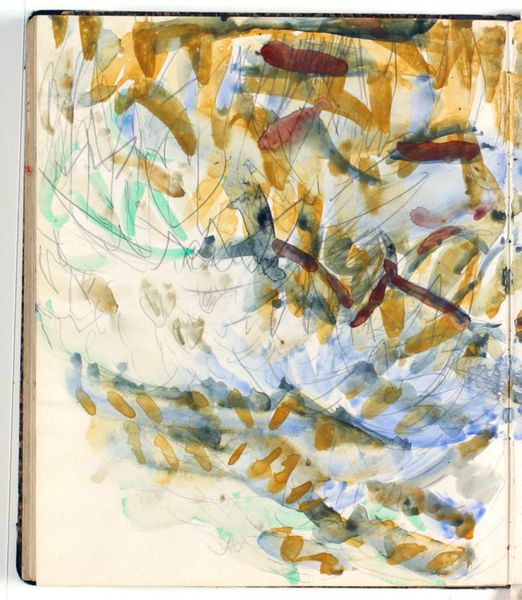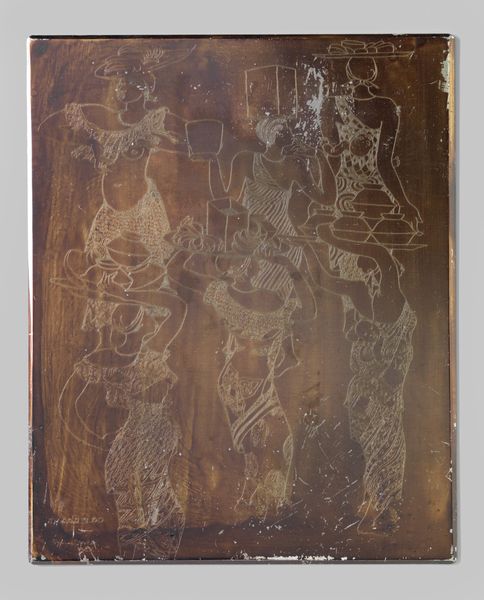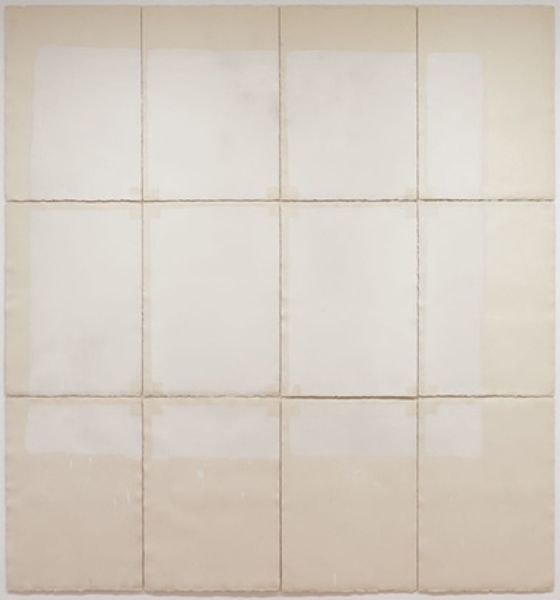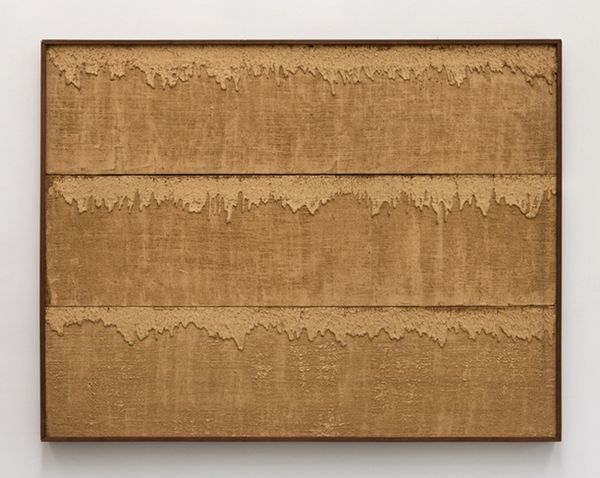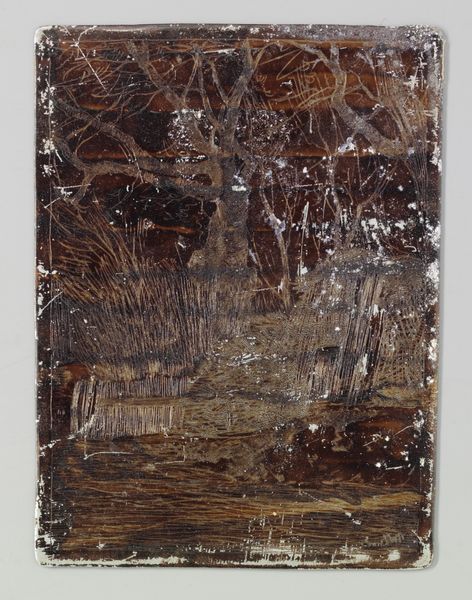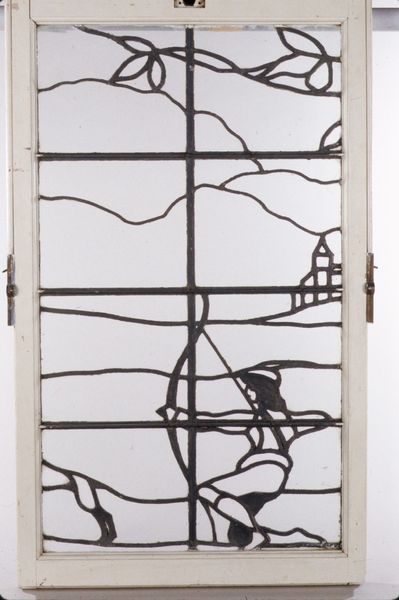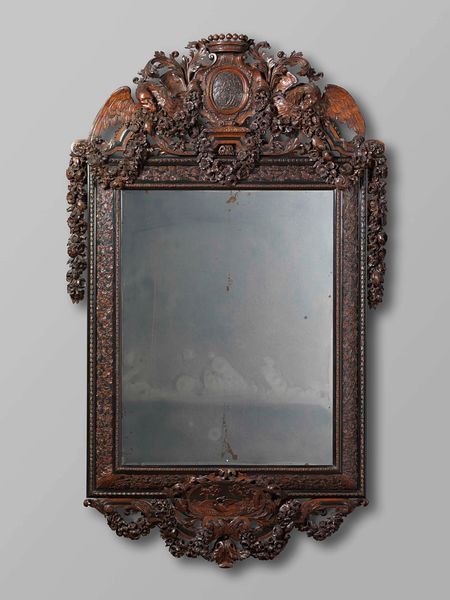
wood
#
natural shape and form
#
water colours
#
natural tone
#
organic shape
#
furniture
#
possibly oil pastel
#
underpainting
#
united-states
#
wood
#
watercolour bleed
#
watercolour illustration
#
natural palette
#
watercolor
Dimensions: 24 1/4 x 14 x 2 1/2 in. (61.6 x 35.56 x 6.35 cm)
Copyright: Public Domain
Curator: I'm fascinated by this mirror from the 19th century. The material combination is unusual for its time. Editor: Right! It’s simply titled "Mirror," made around the 19th century, and currently residing here at the Minneapolis Institute of Art. I find it interesting that the columns seem to be supporting nothing – as they support the mirror itself. What stands out to you about it? Curator: The wood frame is a giveaway. The fluted columns mimic classical architecture, yes, but also consider the larger availability of wood at the time and what types of ornamentation were considered to elevate its worth as furniture. I also think it's significant to consider this "mirror" not just as a reflective surface, but as a constructed object assembled for both utility and status. How do the various materials – wood, glass, and perhaps even painted ceramic or porcelain detail – come together in the means of its production and for its target audience? Editor: That's a really interesting perspective! The contrast of classical architecture recreated in accessible, economic materials. Were wooden furniture items less precious? Curator: It's a matter of how these objects entered circulation. For whom was it made, and what other readily available objects share those materials? Think about the workshops where something like this would have been made – what skills were involved, what was the hierarchy of labor? I bet many decorative, accessible artworks share the same makers and owners. It brings us to a broader understanding of taste and class during the 19th century. Editor: So, by analyzing the materials and production of this mirror, we're not just seeing a decorative object, but also uncovering information about the socio-economic context in which it was created. It’s an artwork acting as an industrial object too. Curator: Exactly! And it encourages us to think about the role of craft and industry in shaping artistic expression and everyday life. Editor: Thanks for this in-depth dive. I will certainly reflect upon these production means more critically.
Comments
No comments
Be the first to comment and join the conversation on the ultimate creative platform.

